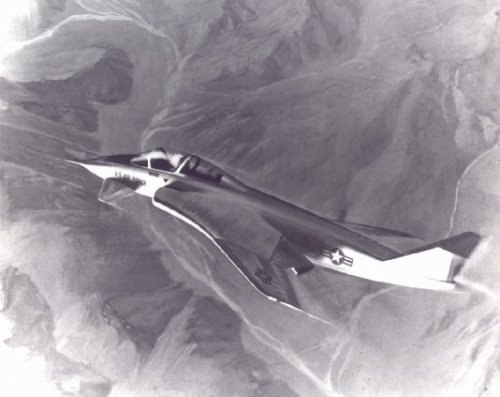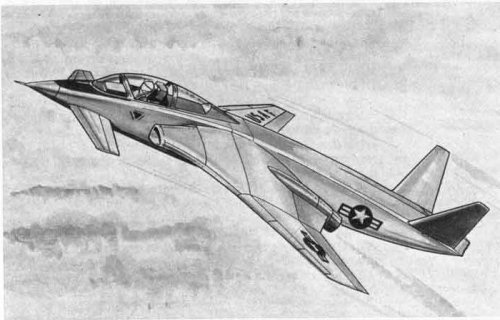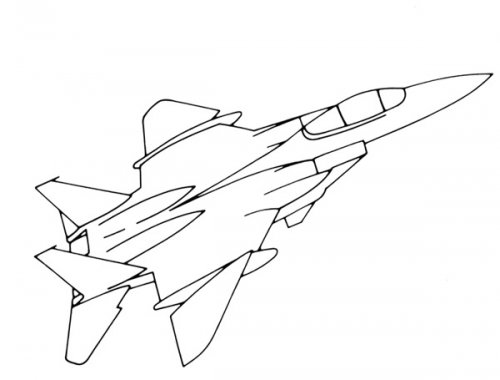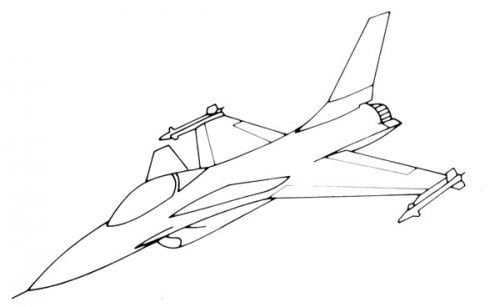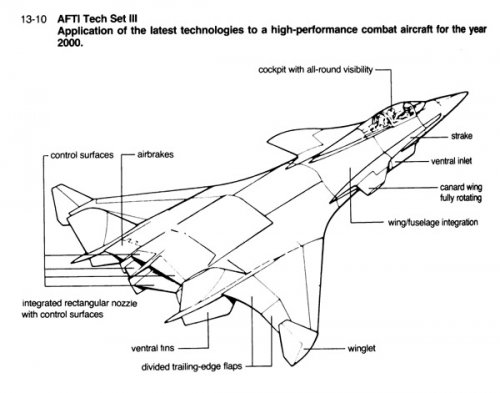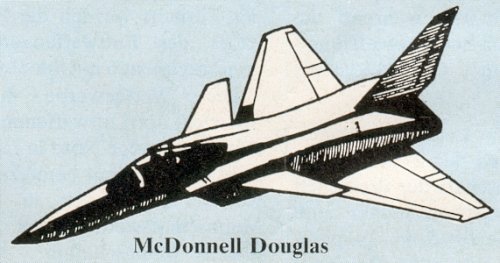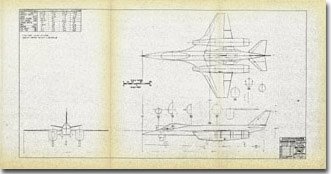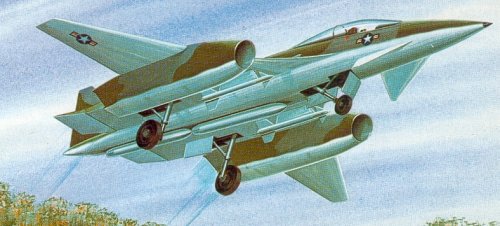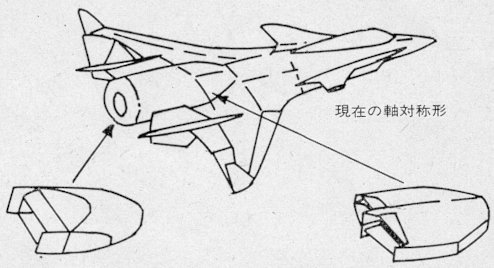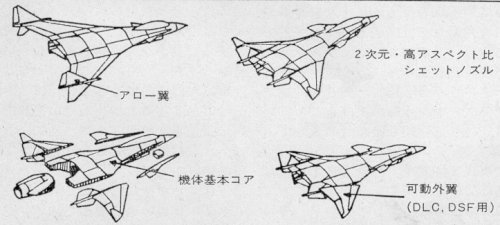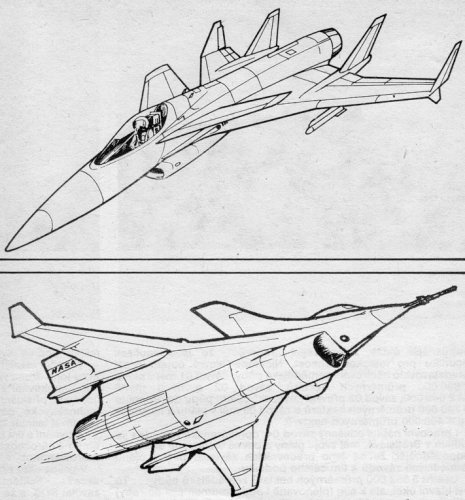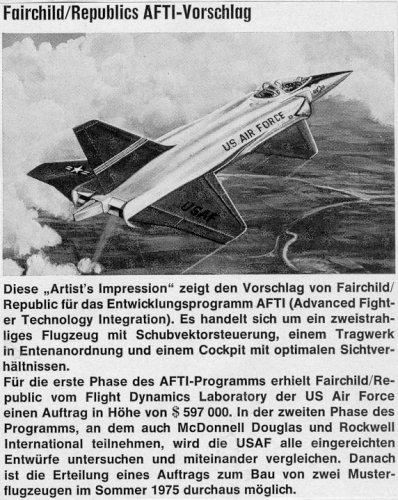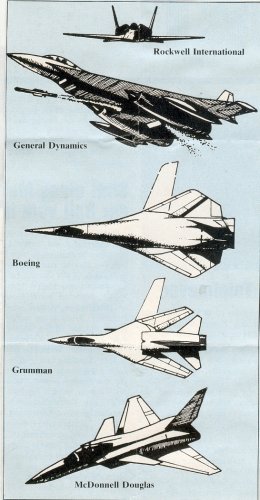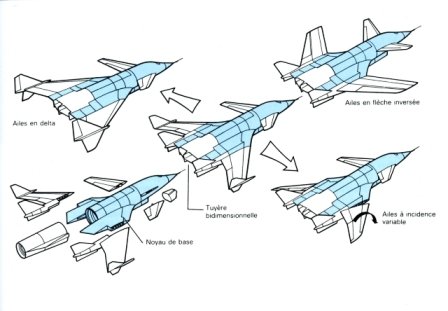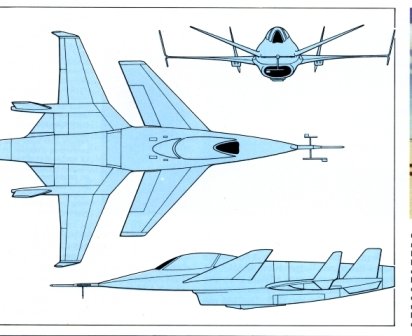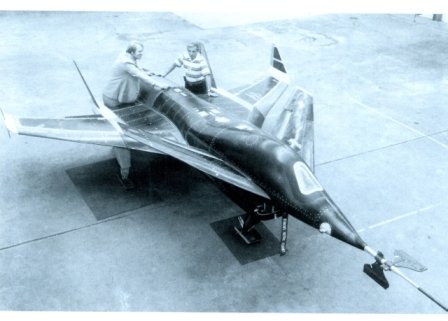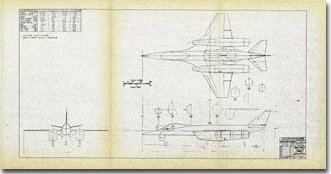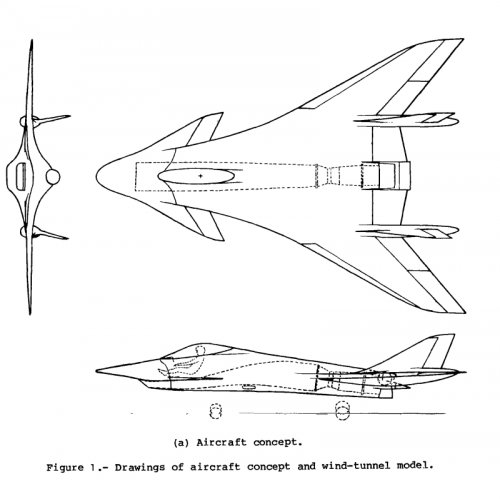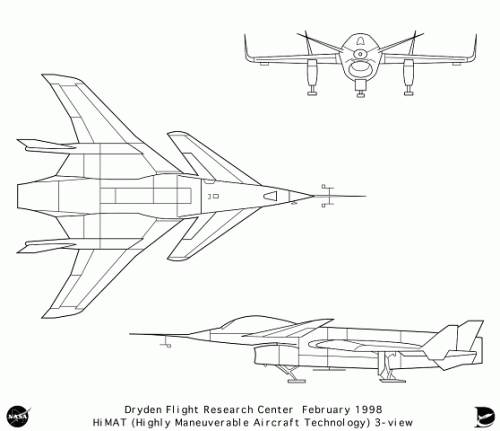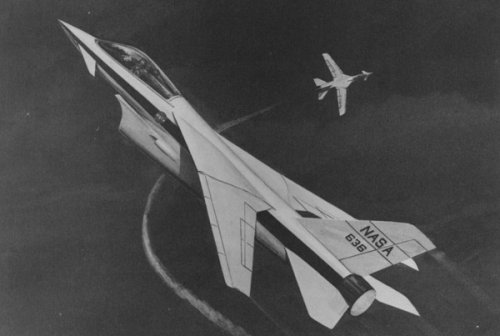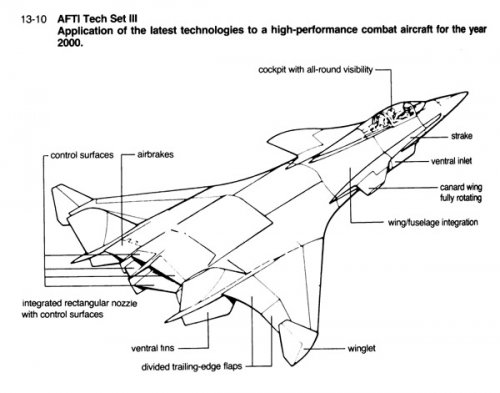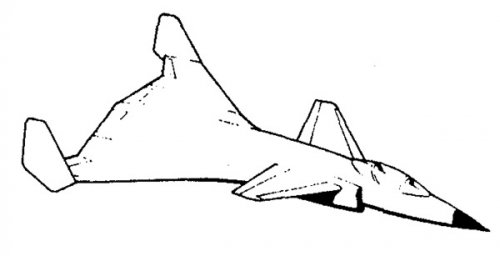- Joined
- 2 March 2006
- Messages
- 330
- Reaction score
- 244
Hi,
several years ago I received the attached image from an anonymous source. The source said about the design:
Unfortunately, the source has a rather bad reliability record (regarding other "info" I received), and I'd like to know if anyone else can say something about this design.
TIA
Andreas
several years ago I received the attached image from an anonymous source. The source said about the design:
The image is Rockwell's winning proposal for the AFTI-1. [...] Weight was 12,000-lbs and powered by 2x J85s; similar size to Have Blue. This aircraft [was] flown as a concept demo during ATB comp. [...]. Tail articulates like a scorpion.
Unfortunately, the source has a rather bad reliability record (regarding other "info" I received), and I'd like to know if anyone else can say something about this design.
TIA
Andreas

